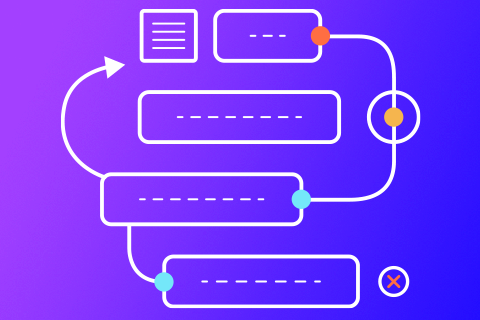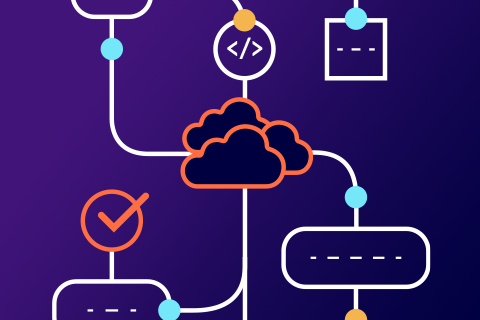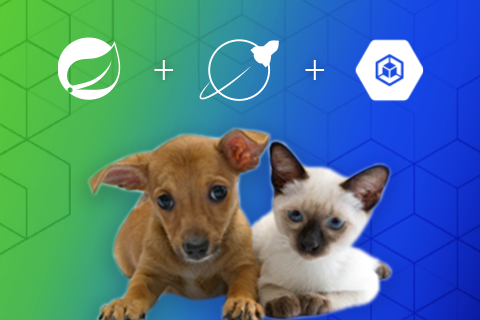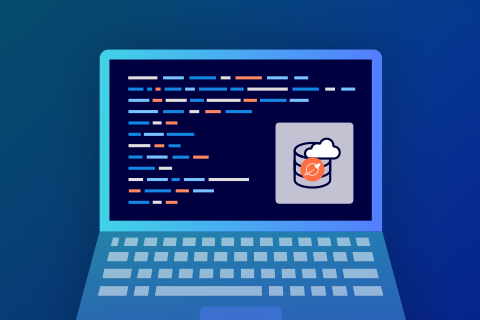Recap: YugabyteDB at KubeCon + CloudNativeCon Europe 2020
What a great KubeCon + CloudNativeCon Europe 2020 earlier this month! We were happy to participate, sponsor, and help #KeepCloudNativeConnected.
Thank you to everyone who stopped by the YugabyteDB booth, and a big thanks to all who redeemed your virtual swag of $5 to charity. Together, your swag redemptions ended up in more than $3,000 being donated across these three charities:
- Project HOPE is on the ground,
…









